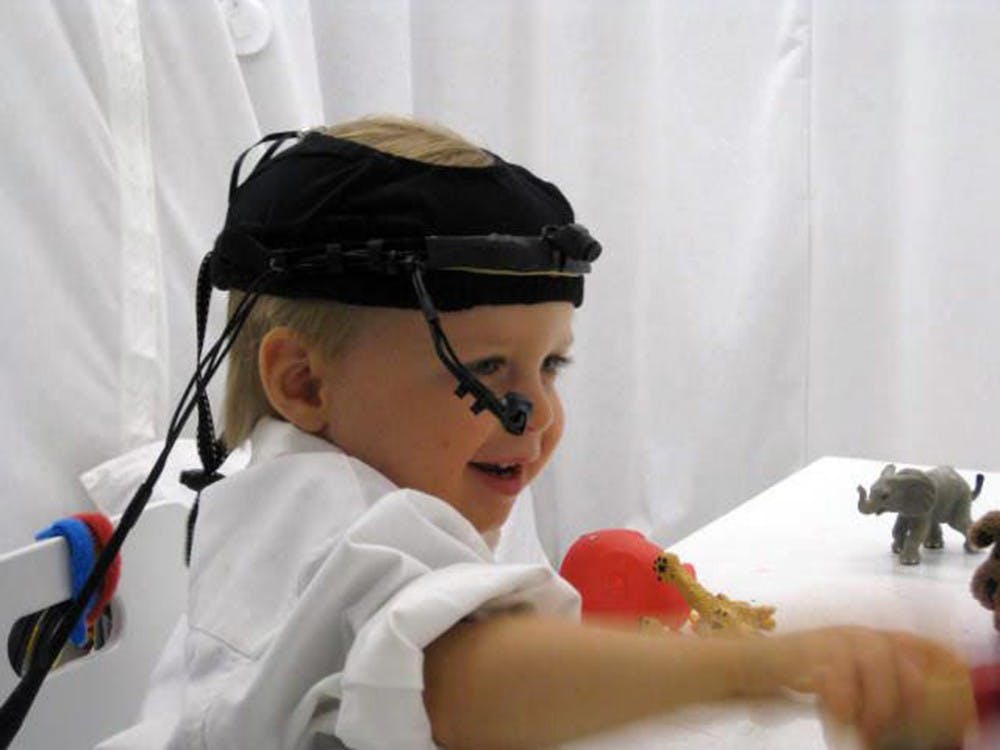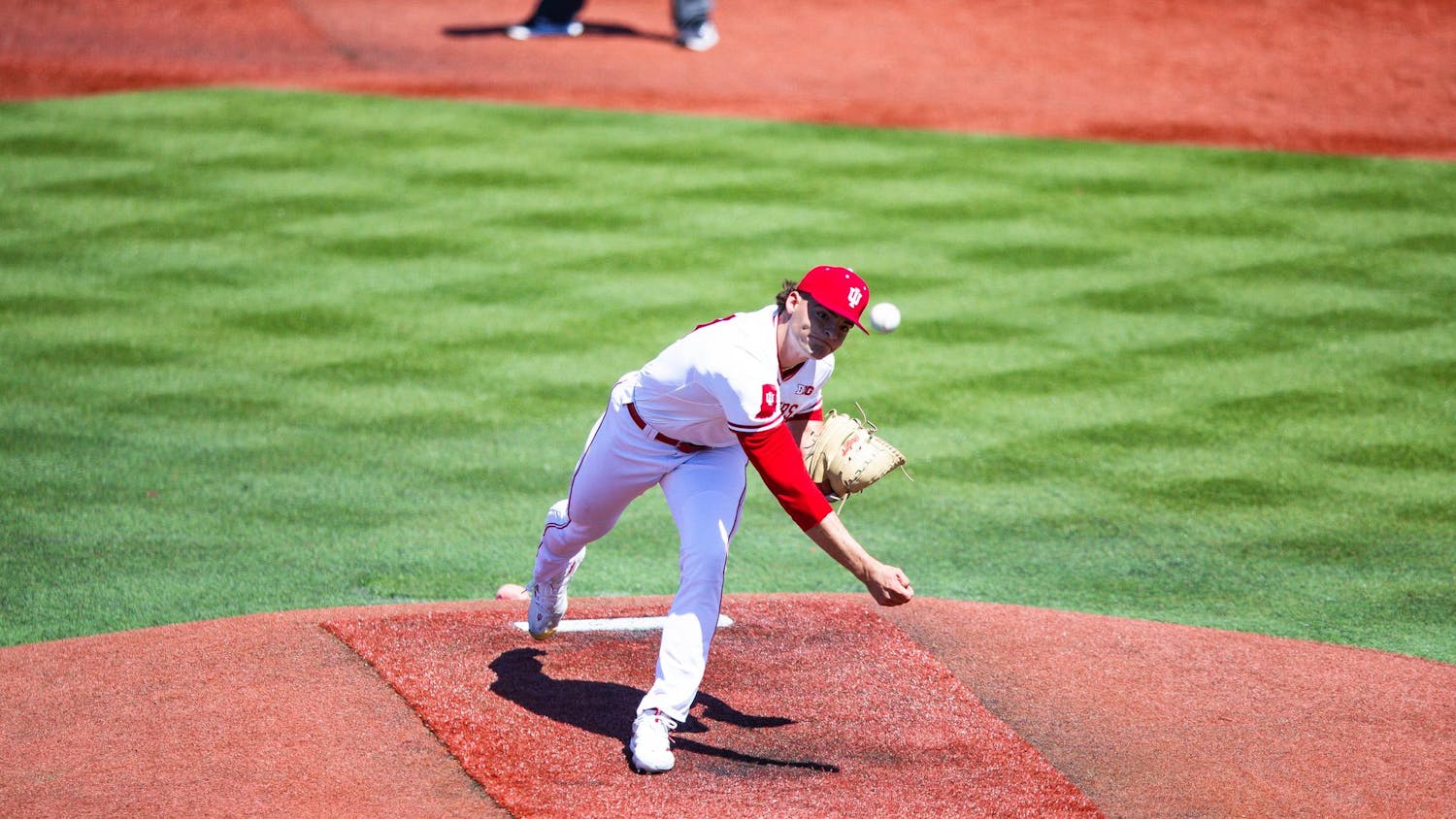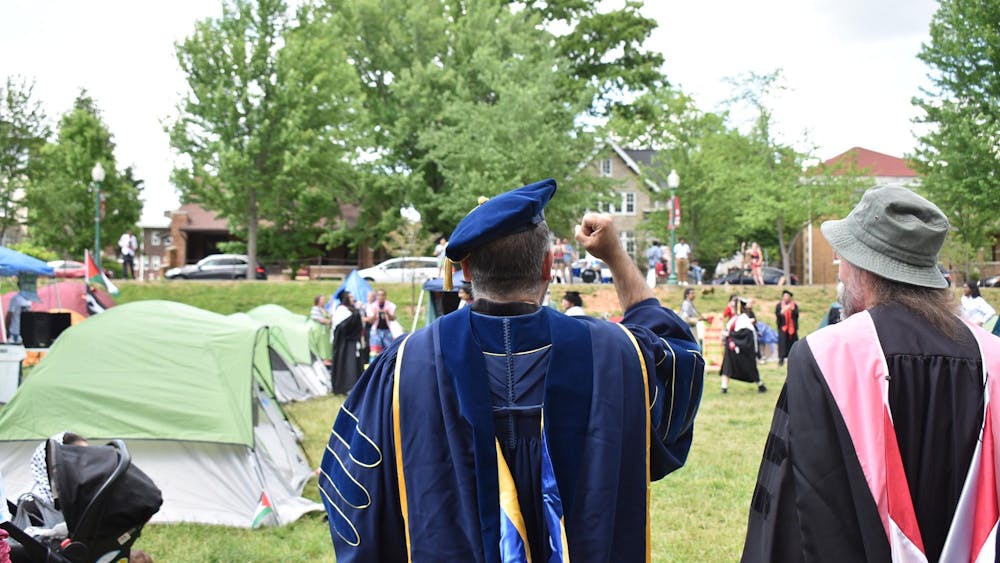Smith and Yu are both members of the IU-Bloomington College of Arts and Sciences’ Department of Psychological and Brain Sciences.
The work is expected to help in the creation of machines that can learn how to visually recognize objects with the same natural ability as children, according to the release.
The researchers will recruit more than 100 families to gather first-person image data from both infants and toddlers in their own homes using eye-tracking technology and lightweight mini-cameras.
The team from Georgia Tech will then use the images to design machine learning models that mimic toddlers’ ability to recognize various objects.
“The study addresses a critical need to better understand the visual side of object name learning,” Smith said in the release. “Emerging evidence from labs across the country suggests that children who are slow word learners also are slower, or weaker, in their visual object recognition skills. It could be that learning object names teaches visual object recognition or that poor or slowly developing visual object recognition limits early word learning.”
Visual object recognition is intricately connected to the early language-learning process, Smith said in the release.
Families will place head cameras on their children for six hours in a day or multiple times throughout a week to capture live action “high-density” eye movement information as they interact and play.
This encompasses a total of 54 million images and 500 hours of head camera video, according to the release.
“The visual data and footage from these devices will undergo a rigorous data mining and quantitative analysis using computer vision and machine learning techniques, which could ultimately advance how researchers study learning in young infants and toddlers,” Yu said in the release.
IU researchers will follow up with the participating families after one year to record language development in the children, allowing the team to connect the new data back to the visual information from the initial portion of the study, according to the release.
Most object recognition research and technology is based on the assumption that humans acquire these skills through the accumulation of numerous examples of a single object, Smith said in the release.
Smith and Yu’s preliminary work, however, suggests a very different scenario.
So in addition to tallying instances of exposure to different categories of objects — cars, cups, chairs or ducks, for instance — IU researchers will record the subjects as they are exposed to similar objects in different forms — a toy duck, a soap dish shaped like a duck, a duck-shaped candy dispenser — as well as long interactions with a single object.
“The key to this study is capturing egocentric, first-person views of the natural visual environment from the perspective of infants,” Smith said in the release.
Alyson Malinger






